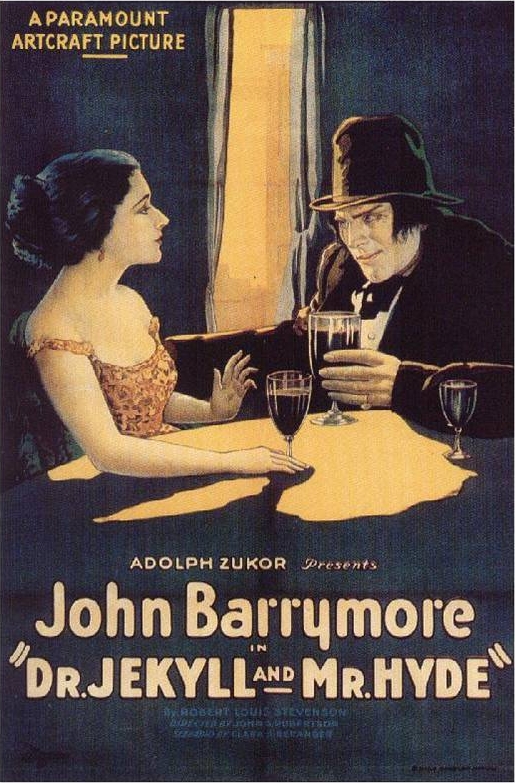A blog formerly known as Bookishness / By Charles Matthews
"Dazzled by so many and such marvelous inventions, the people of Macondo ... became indignant over the living images that the prosperous merchant Bruno Crespi projected in the theater with the lion-head ticket windows, for a character who had died and was buried in one film and for whose misfortune tears had been shed would reappear alive and transformed into an Arab in the next one. The audience, who had paid two cents apiece to share the difficulties of the actors, would not tolerate that outlandish fraud and they broke up the seats. The mayor, at the urging of Bruno Crespi, explained in a proclamation that the cinema was a machine of illusions that did not merit the emotional outbursts of the audience. With that discouraging explanation many ... decided not to return to the movies, considering that they already had too many troubles of their own to weep over the acted-out misfortunes of imaginary beings."--Gabriel García Márquez, One Hundred Years of Solitude
Friday, December 9, 2016
Dr. Jekyll and Mr. Hyde (John S. Robertson, 1920)
Almost from the moment that Robert Louis Stevenson published his novella Strange Case of Dr Jekyll and Mr Hyde in 1886, theatrical producers were snapping it up for adaptation. It was a great vehicle for ham actors who relished the transformation scenes, as long as it could be spiced up a little with a little sex -- the novella is more interested in the psychology of Jekyll/Hyde than in the lurking-horror and damsels-in-distress elements added to most stage and screen versions. There were several film versions before John Barrymore, the greatest of all ham actors, took on the role in 1920. It's an adaptation by Clara Beranger of the first major stage version by Thomas Russell Sullivan, who added a central damsel in distress as Jekyll's love. She's called Millicent Carewe (Martha Mansfield) in the film, which also adds a "dance hall girl" named Gina (Nita Naldi) to the mix. Mansfield is bland and Naldi is superfluous, though rather fun to watch when she goes into her "dance," which consists of a lot of hip-swinging and arm-waving. Barrymore, however, is terrific, giving his transformation into Hyde everything he's got in the way of contortions of face and body. Though the screenplay makes much of the distinction between the virtuous Jekyll and the dissolute Hyde, Barrymore manages to suggest the latency of Hyde in Jekyll even before he swallows the sinister potion -- a reversion to Stevenson's original, in which Jekyll is not quite the upstanding fellow the adaptations tried to make him.
Links:
Clara Beranger,
Dr. Jekyll and Mr. Hyde (1920),
John Barrymore,
John S. Robertson,
Martha Mansfield,
Nita Naldi
Subscribe to:
Posts (Atom)
